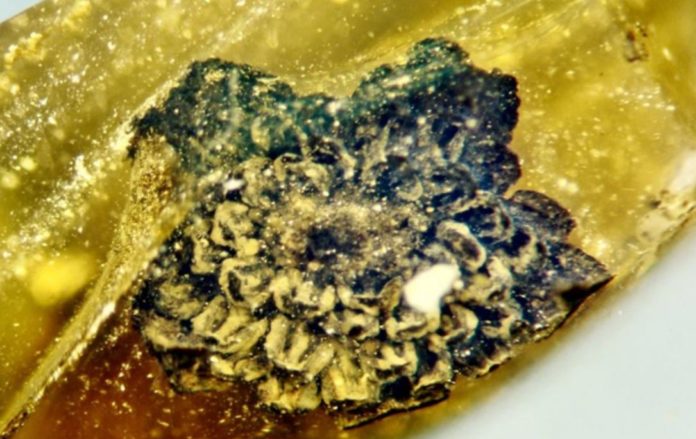Amber can preserve biological objects for tens and even hundreds of millions of years, experts emphasize.
In Myanmar, where Burmese amber is mined, a flower was discovered in a piece of fossil resin that was not previously known to scientists. The find was attributed to angiosperms of the Cretaceous period, the genus was named Valviloculus, and the species – pleristaminis.
“The flower hit the resin about 100 million years ago on the supercontinent of Gondwana. Presumably, it was part of a heterosexual inflorescence. Found male flower, it contains fifty stamens. Each of them consists of anther and a thin thread,” the scientists report.
According to scientists, the flower is only two millimeters in diameter and is formed by an egg-shaped cup of six tepals.
“The discovery of a tiny flower can help to learn more about ancient geological processes,” experts say.
- Brief Anger Hampers Blood Vessel Function Leading to Increased Risk of Heart Disease and Stroke – New Study
- New Blood Test Pinpoints Future Stroke Risk – Study Identifies Inflammatory Molecules as Key Biomarker
- Enceladus: A Potential Haven for Extraterrestrial Life in its Hidden Ocean Depths
- New Experiment: Dark Matter Is Not As ‘DARK’ As All We Think
- Scientists in Fear of This New Predator From Red Sea Eating Native Species in Mediterranean
The fact is that scientists differently date the split of Gondwana, as a result of which the plate was formed, where Myanmar is now located. The scatter is serious: from 200 million to 500 million years ago.
Biologists believe that angiosperms began to spread only about 100 million years ago. At the same time, the flower found in amber, most likely, grew directly in the forest of Gondwana or quite close to the slab that had gone away.
“This means that the split could have occurred much later than previously thought,” the scientists say.
The botanical journal BRIT writes about this.
